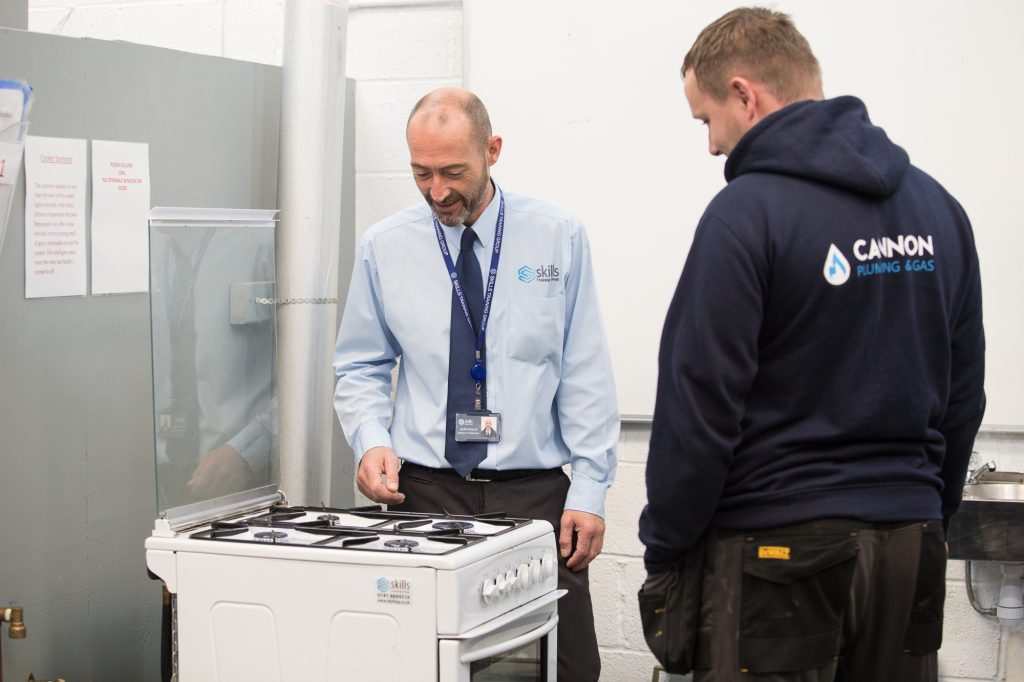Course overview
HTR1 is designed to assess the competence of a gas engineer to install, exchange, commission, disconnect, service, carry out repairs and attend to the breakdown of appliances. However, as with all ACS assessments, HTR1 will only assess an engineer’s competence in matters of gas safety, it will not assess other key skills such as building works or electrical installation etc.
Due to the range of appliances and work activity covered by HTR1, during assessment gas engineers must be able to correctly identify the appliance type, apply the guidance given in the manufacturer’s instructions and appropriate British Standard, and ensure that the appliance is safe to use.
Modules breakdown
Refresher training & assessment of the following:
- Open flued gas fires (radiant/convector)
- Open flued inset live fuel effect gas fires (ILFE)
- Open flued decorative fuel effect gas fires (DFE)
- Balanced flued gas fires
- Balanced fan-assisted wall heaters




